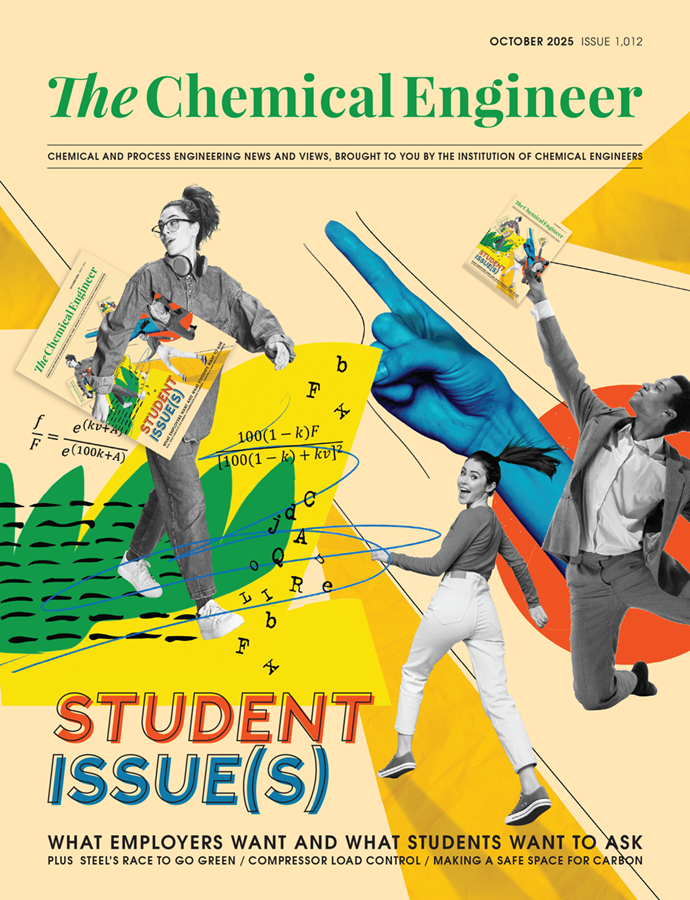Why we Should Stop Talking About Work-life Balance
Kate O’Brien and Liz Erskine argue that instead of focusing on balancing our work and private lives, we should target a sustainable energy budget
Quick read
- Shift from “balance” to synergy: Traditional work-life balance models are overly simplistic; instead, focus on the spillover between work and home life, acknowledging that both domains contribute to and draw from the same personal energy pool
- Energy, not hours, is the real currency: A sustainable energy budget requires individuals and organisations to prioritise long-term wellbeing as well as short-term output, preventing burnout by managing energy flow between work and home over time
- Positive spillover builds resilience: Encouraging and enabling positive interactions between work and home life and tackling work-home conflict can reduce psychological distress, increase satisfaction, and improve retention – benefiting both people and performance
WHETHER you manage a large organisation or simply your own career, work-life balance is a defining challenge of the modern world. Changes in family structures, greater workforce participation by women and 24/7 access to the workplace have placed the world of work on a collision course with our private lives. Younger generations are pushing back, voting with their feet to prioritise wellbeing. As a result, work-life balance is now a critical issue in recruiting and retaining high quality staff, and hence a priority for organisations worldwide.
But what if seeking work-life balance, for yourself or your organisation, is looking in the wrong direction? Here we propose a shift, from the simplistic model of work-life balance to a thermodynamic approach: constructing a sustainable long-term energy budget.
We live our lives at work AND at home
The image of a set of scales, where we carefully adjust our hours at work with our commitments outside of work until they perfectly balance is conceptually simple, but has major flaws.
The idea that “life” only happens outside of work, in direct competition to what we do at work, is as problematic as the assumption that meaning in life is derived solely from paid work. The Apple TV+ series Severance takes this to a grim extreme, attaining perfect work-life balance by severing employees’ consciousness into an “Innie”, who exists entirely in the workplace, and a corresponding “Outie”, who only experiences the world outside work. In effect it creates two separate entities, with no shared memories or experiences.
This dystopian vision reminds us that our lives are not put on hold when we go to work. We learn and grow, and many of us make friends and even meet our partners in the workplace. Therefore, for the remainder of this article, the term “home” refers to activities outside of work, on the basis that life happens at work and at home.

Our lives at work and home are multidimensional, and never static
The second issue with the balance metaphor is that it is too simple, because at work and home we are constantly balancing multiple demands on our time and energy, ranging from short-term urgent operational issues through to long-term strategic decisions.
Each day at work, most of us juggle a variety of tasks requiring different degrees of attention, action and consultation. Even when things are running smoothly, disruption can occur at any time. Meanwhile, non-urgent tasks, such as building and maintaining relationships, planning or upskilling, may seem like “optional extras”, but underpin the safe, effective and sustainable functioning of workplaces.
Similarly, home life also involves allocating finite time and energy to multiple often-conflicting priorities. The needs of our partners, children, pets or ageing parents may compete with the desire for rest and relaxation, or for exercise and social connection. Just as in the workplace, unexpected shocks (a sick child, a plumbing failure) can arise at any time, and there is a need to prioritise long-term wellbeing and relationships, rather than postpone to that mythical future “when I have more time”.
Therefore, rather than a tidy balance on a set of scales, our work-home interactions are more like a sailor constantly adjusting their sails and course to short and long-term weather conditions. Or the control room of an industrial plant, where small changes in one part of the process require manipulation of other parameters to keep things running smoothly!
From balance to spillover
Most people are familiar with work-home conflict: compromising on something in our personal life due to work demands or missing an opportunity at work due to priorities at home. Social scientists call this “negative spillover”, when pressures at work adversely affect our home life, or vice versa.
“Positive spillover” also occurs, however: when our workplace activities positively affect our home life, or vice versa. For example, a 2008 study asked Australian employees to rate statements such as “The things you do at work help you deal with personal and practical issues at home”, and “Your home life helps you relax and feel ready for the next day’s work” to measure positive work-home and home-work spillover, respectively.
The study found that positive spillover in either direction reduced psychological distress, a key factor linked to employees wanting to leave their jobs. Positive family-work spillover was also strongly associated with family satisfaction.
Most of us shift between periods of negative and positive spillover at different times in our lives, depending on our circumstances. For example, someone recovering from injury or illness, family breakdown or financial stress will temporarily have fewer resources at home or in the workplace. When differences in context such as these are ignored, the phrase “work-life balance” can be inadvertently weaponised, to frame negative spillover as a personal time-management issue. This is not only unfair but counter-productive, because it undermines the sense of competence which drives intrinsic motivation and performance.2 All of which suggest that both as individuals and employers, we would be wise to shift from pursuing the fabled work-life balance, to identifying and prioritising synergies between work life and home life and tackling work-home conflict. But what does this look like?

A new perspective: sustainable energy budget
In the language of chemical engineers, positive and negative spillover can be reframed as a dynamic energy budget. When activities in the workplace or home deplete our energy, it reduces the resources available to invest in other aspects of our lives. Conversely, when our work or home life energises us, the benefits carry over into other domains.
There will always be times when we need to “dig in” in some part of our lives: commissioning a plant, meeting a big deadline, caring for a newborn, troubled teen or ageing parent. While we can all sustain periods of time with net outflow, however, none of us have infinite reserves.
Energy deficit is fundamentally unsustainable, and periods of depletion need to be balanced with times of surplus, to avoid burnout. Therefore, instead of asking “Do I have work-life balance?”, employees may be better to ask:
Where is it that I get my energy from? Unfortunately, when we get busy, the first thing many of us drop are the activities which energise and inspire us, which may save some time in the short term, but depletes us in the long-term
Where do I want to invest my energy in the future? Every job and home has its dirty dishes but investing most of our finite resources into activities or relationships which are not meaningful is a fast-track to burnout
For employers, the energy budget matters too. Your employees have finite time, creativity and energy. If work constantly depletes their reserves, you may be burning out your most valuable resource: talented, committed people.
References
1. Positive spillover from the work – family interface: A study of Australian employees: https://bit.ly/positive-spillover
2. Self-determination theory and the facilitation of intrinsic motivation, social development, and well-being https://bit.ly/self-determination-theory
Recent Editions
Catch up on the latest news, views and jobs from The Chemical Engineer. Below are the four latest issues. View a wider selection of the archive from within the Magazine section of this site.




